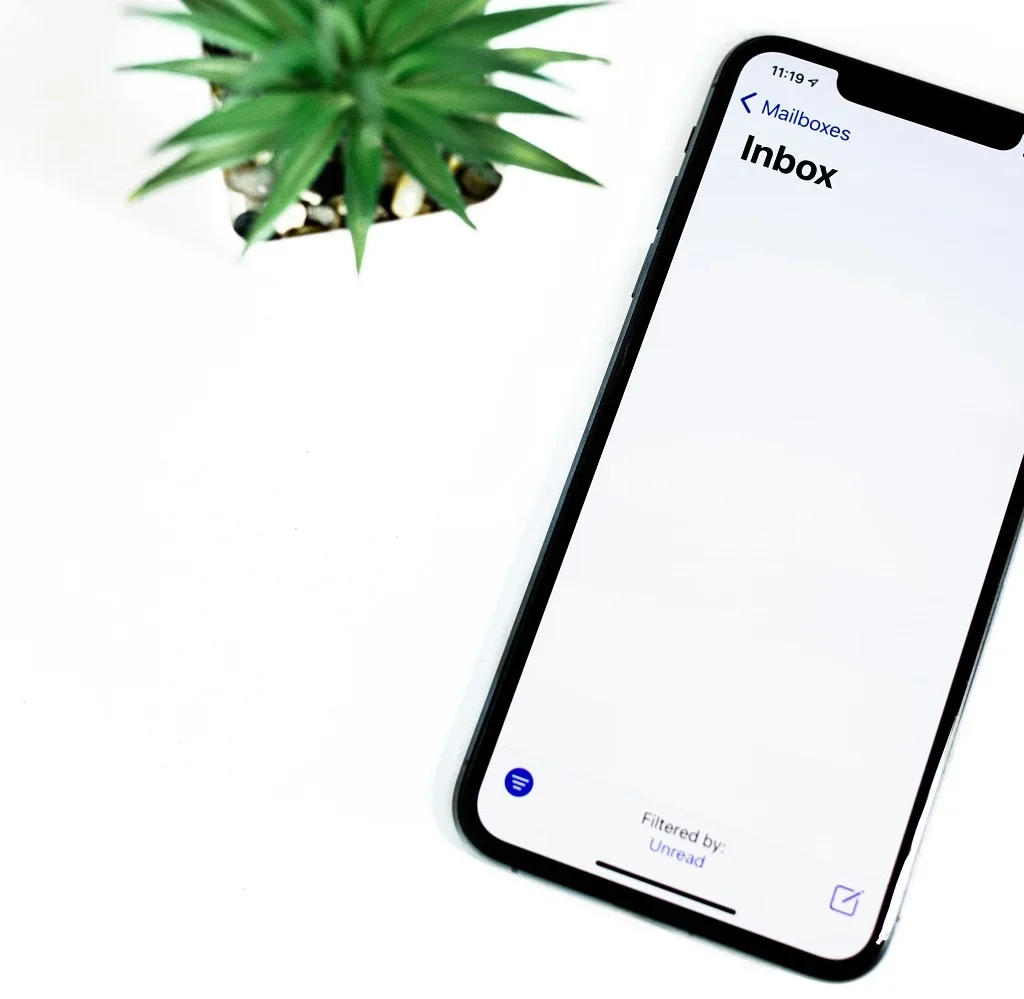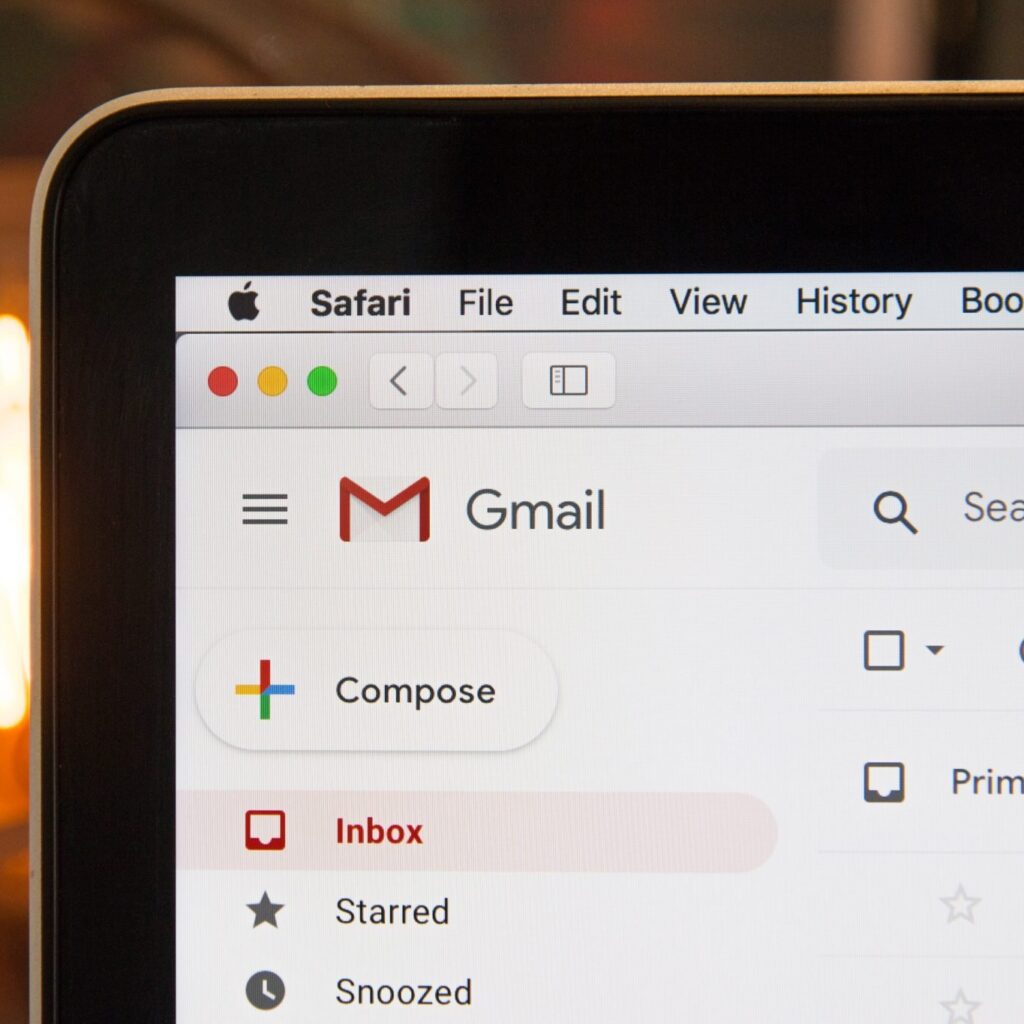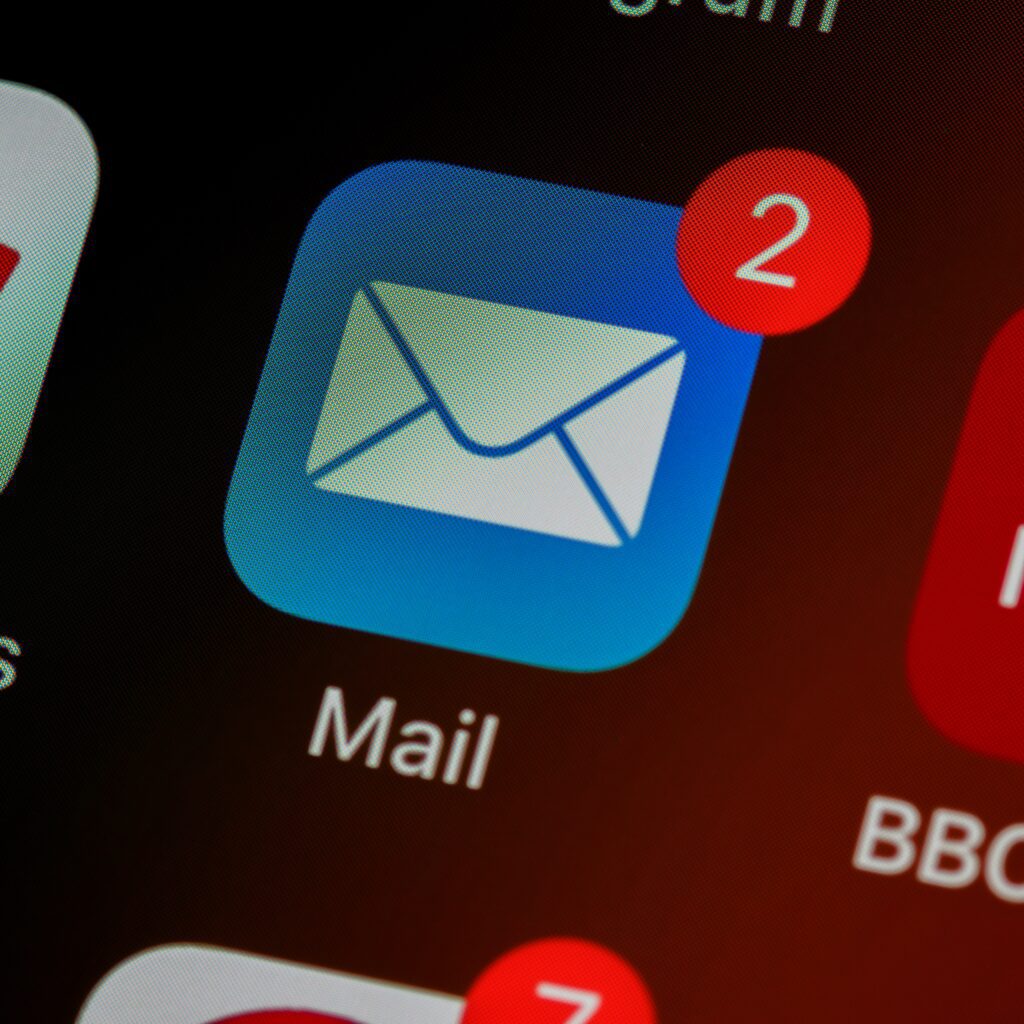The Concept of Value Proposition Ezekiel Muoneke Content Writer Blog June 10, 2023 1:54 pm Have you ever wondered why some customers choose your products or services over others? What makes them decide to buy from you and not from your competitors? How would you communicate your unique value to them in a clear and compelling way? If you’ve asked yourself these questions, then you need to know about value propositions. A value proposition is a concise statement that summarises the benefits that you offer to your customers, how you deliver them, and why you are different from other alternatives in the market. It is effectively the main reason why customers should buy from you. A value proposition goes beyond a catchphrase or tagline. It is a powerful tool that can help you attract, retain, and delight your customers. It can also help you stand out from the crowd and create a loyal fan base. A good value proposition should answer these questions: • What is your product or service? • Who are your target customers? • What problem or need will your product or service solve for them? • How does your product or service solve it better than others? • What evidence is there to back up your claims? A value proposition should properly answer these questions and should be communicated to your customers directly, either via your website, social media, email, or other marketing channels. But how do you create a winning value proposition for your business? How do you make sure that it resonates with your target audience and reflects your brand identity? How do you test and improve it over time? In this blog post, we will answer these questions and more. We will show you how to craft a winning value proposition for your business in five simple steps. Let’s get started! Step 1: Identify Your Customer’s Needs and Pain Points The first step in creating a winning value proposition is to understand your customers’ needs and pain points. What are the problems that they are trying to solve? What are the goals that they are trying to achieve? What are the challenges that they are facing? To answer these questions, you need to do some market research. You can use various methods, such as surveys, interviews, focus groups, online reviews, social media comments, competitor analysis, etc. The goal is to collect as much information as possible about your customer’s profile, preferences, behaviour, motivations, and expectations. You can use tools like personas and empathy maps to organise and visualise your findings. A persona is a fictional representation of your ideal customer based on real data. (See our article on buyer personas.) An empathy map is a diagram that helps you understand what your customer thinks, feels, sees, hears, says, and does. Step 2: Analyse Your Competitors Who are the other players in your market? What are their value propositions? How do they position themselves in relation to your target customer segment? What are their strengths and weaknesses? You can use tools like SWOT analysis, a competitive matrix, or benchmarking to compare and contrast your competitors and the competition. Step 3: Define Your Unique Value Proposition Based on your customer and competitor analysis, what is the unique value that you can offer to your target customer segment? How do you solve their problem or satisfy their need better than anyone else? What are the features or benefits that make your product or service stand out from the rest? You can use tools like the value proposition canvas, lean canvas, or business model canvas to articulate your value proposition. Step 4: Communicate Your Value Proposition Effectively The fourth step in creating a winning value proposition is to communicate it effectively. This means that you need to convey your value proposition to your customers in a way that grabs their attention, sparks their interest, and persuades them to take action. To communicate your value proposition effectively, you need to use various elements, such as: • A headline: This is the main statement that summarises your value proposition in one sentence. It should be catchy, clear, and concise. It should also highlight the main benefit that you offer to your customers. • A sub-headline: This is a supporting statement that expands on your headline and provides more details about your product or service. It should be informative, relevant, and specific. It should also address the main pain points that your customers have. • A bullet list: This is a list of key features or benefits that you provide to your customers. It should be short, simple, and scannable. It should also emphasise how you solve your customers’ problems or help them achieve their goals. • A visual: This is an image, video, or graphic that illustrates your product or service in action. It should be attractive, engaging, and appealing. It should also show how your product or service works or what results it delivers. • A call-to-action: This is a button, link, or form that invites your customers to take the next step in the buying process. It should be visible, clear, and compelling. It should also tell your customers what to do next and why they should do it. You can use these elements to create a value proposition canvas that shows how your value proposition fits with your customer’s needs and pain points. A value proposition canvas is a visual tool that helps you align your product or service with your customer segment. ENJOYING THE ARTICLE? Sign up For Our Newsletter Step 5: Test and Improve Your Value Proposition The fifth and final step in creating a winning value proposition is to test and improve it. This means that you need to measure how well your value proposition resonates with your customers and how it affects their behaviour and satisfaction. To test and improve your value proposition, you need to use various methods, such as: • Feedback: This is the information that you collect from
The Concept of Value Proposition Read More »





















